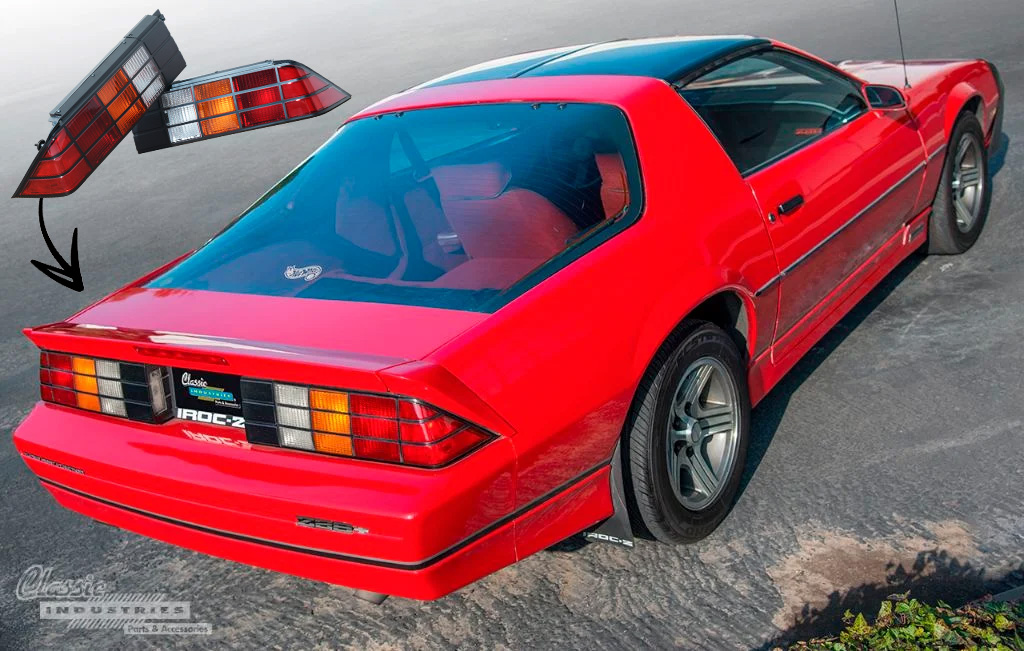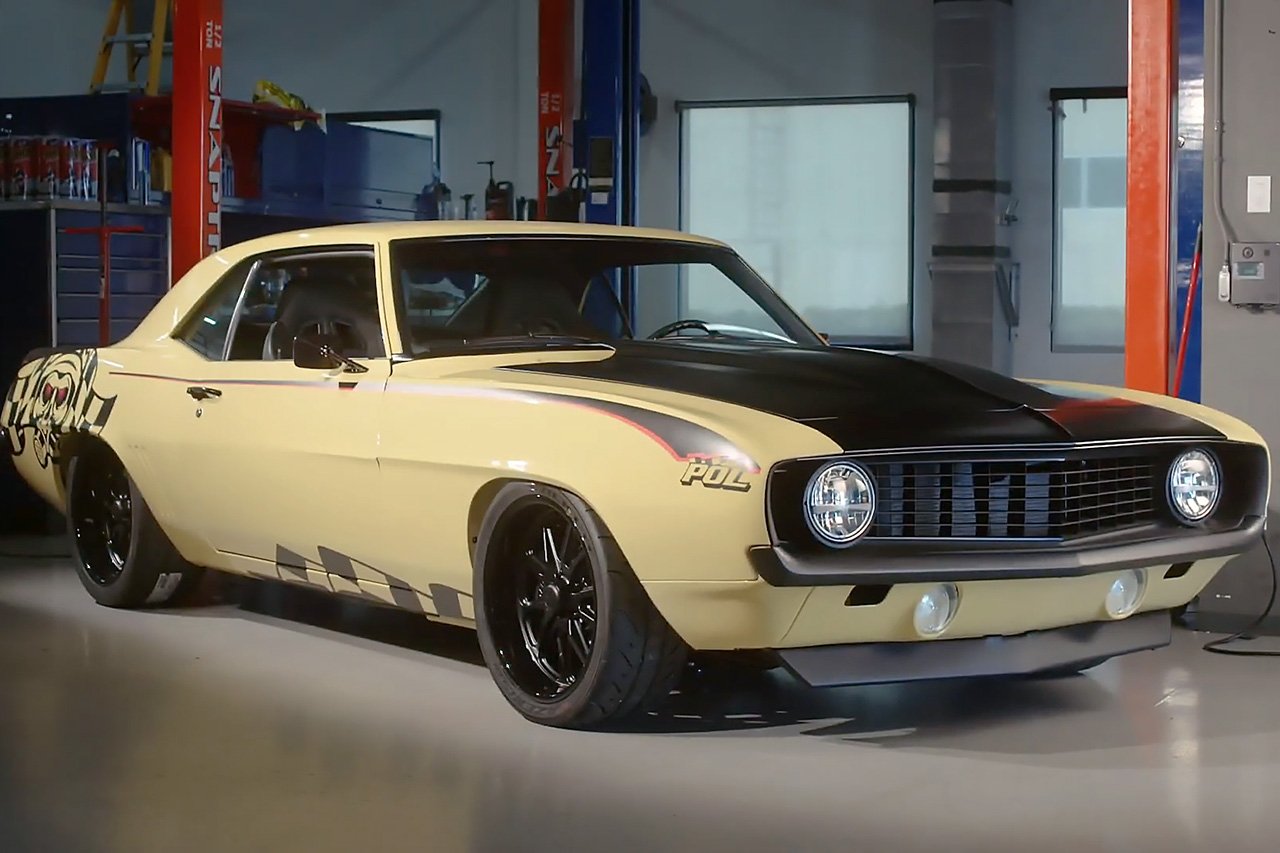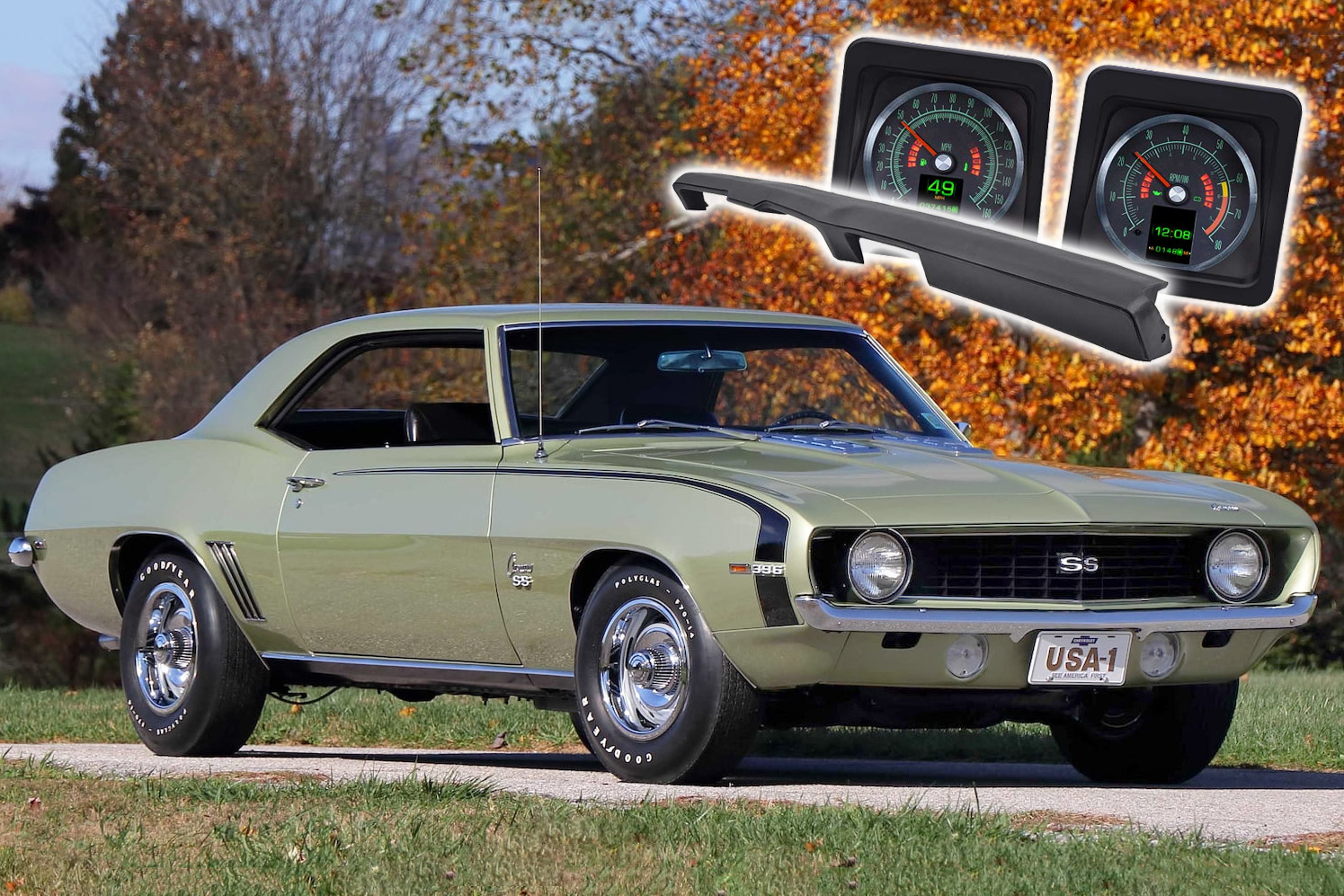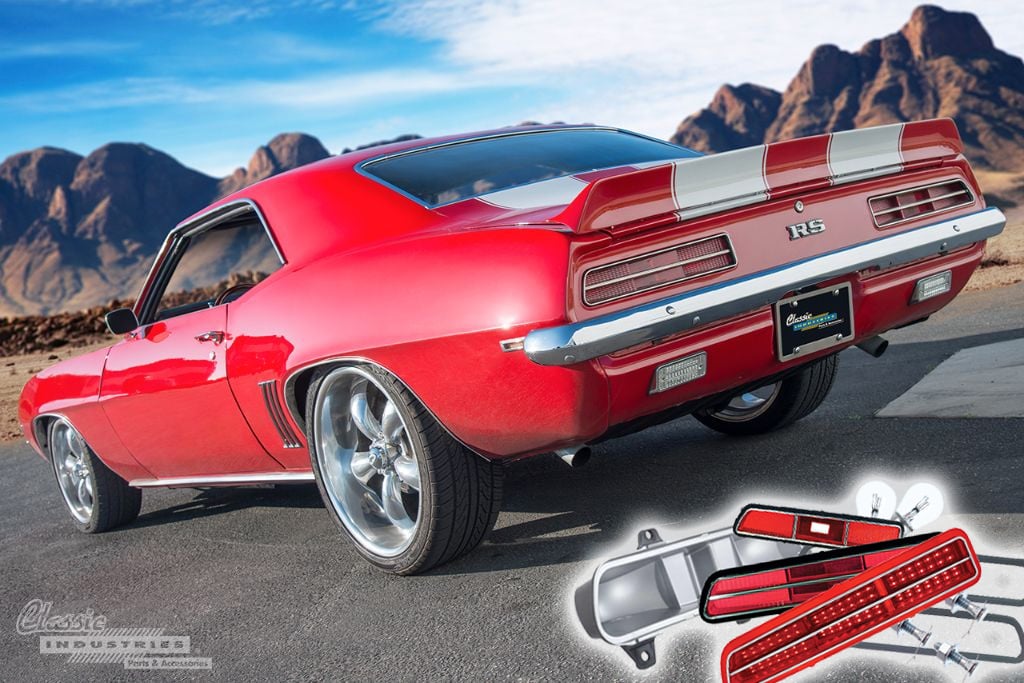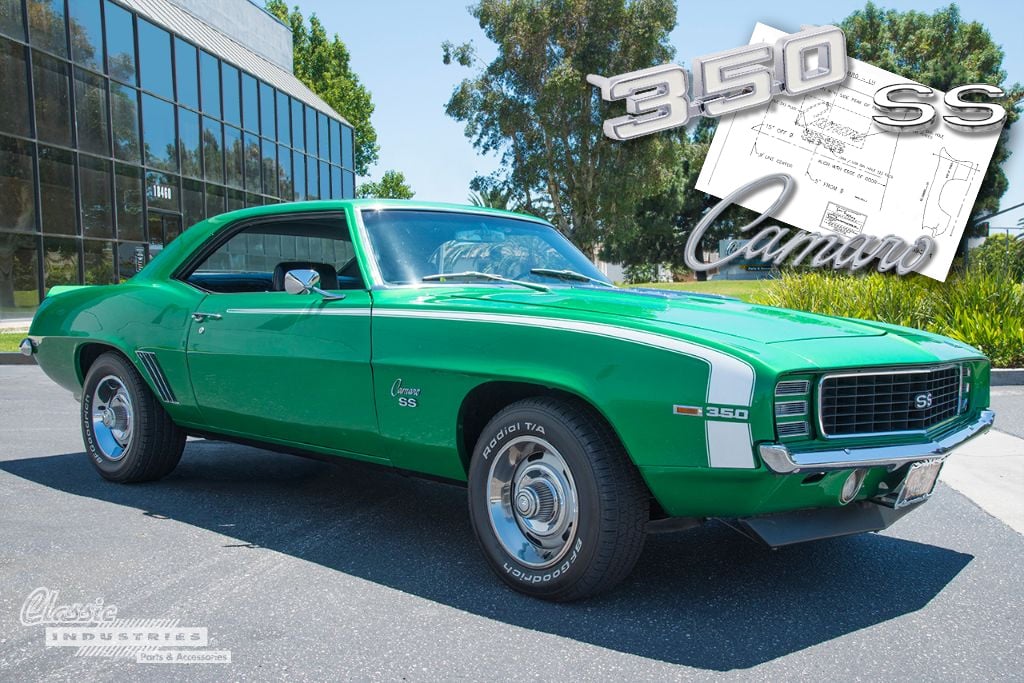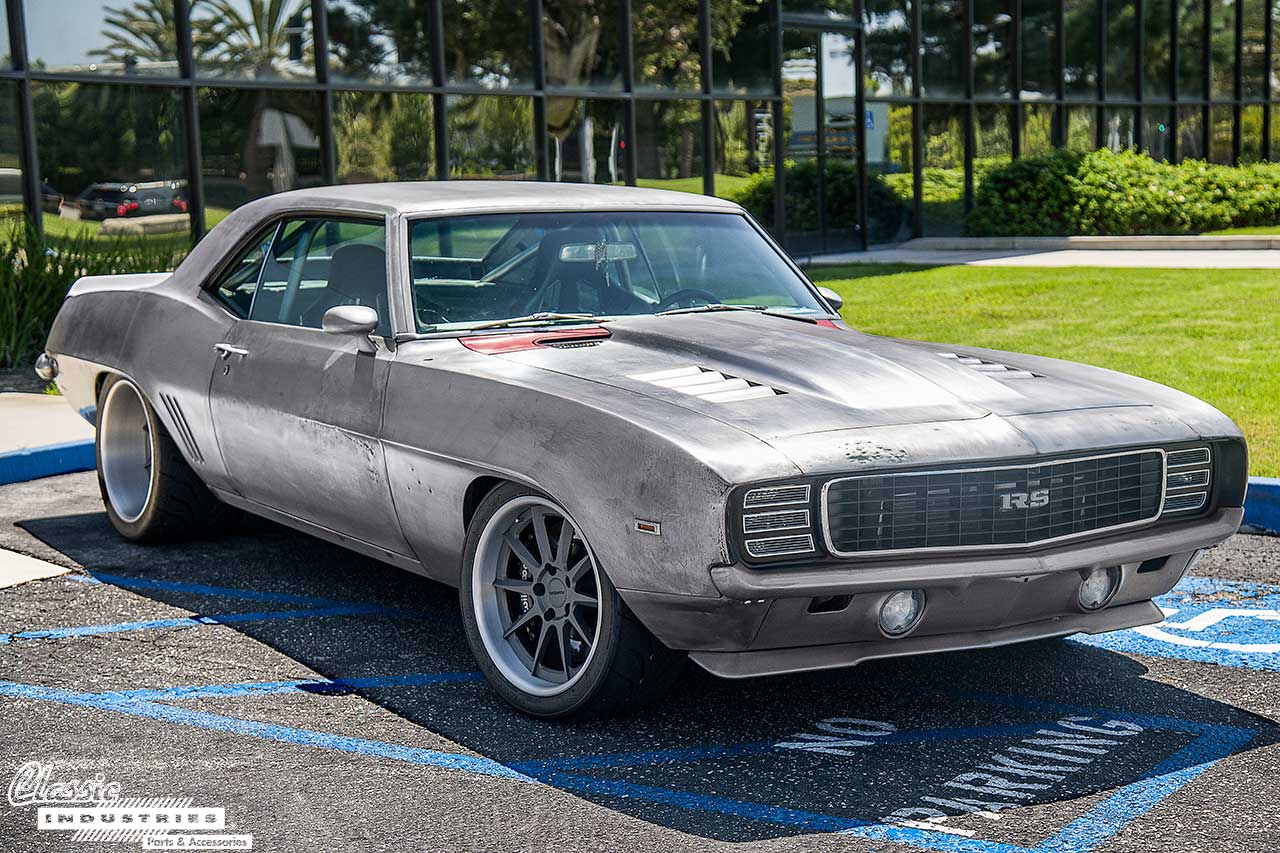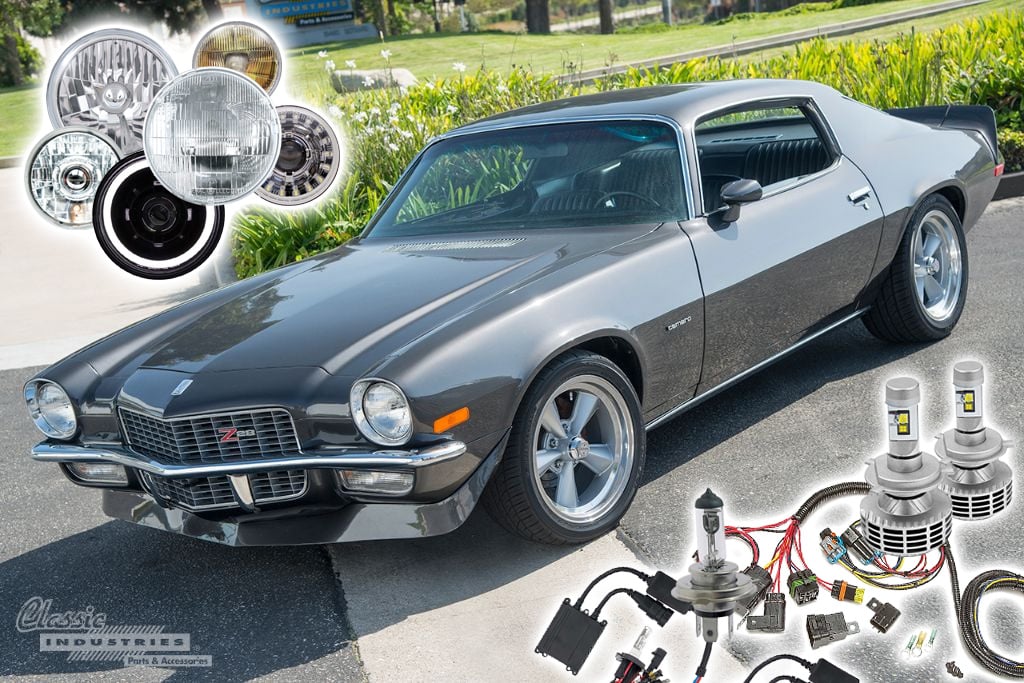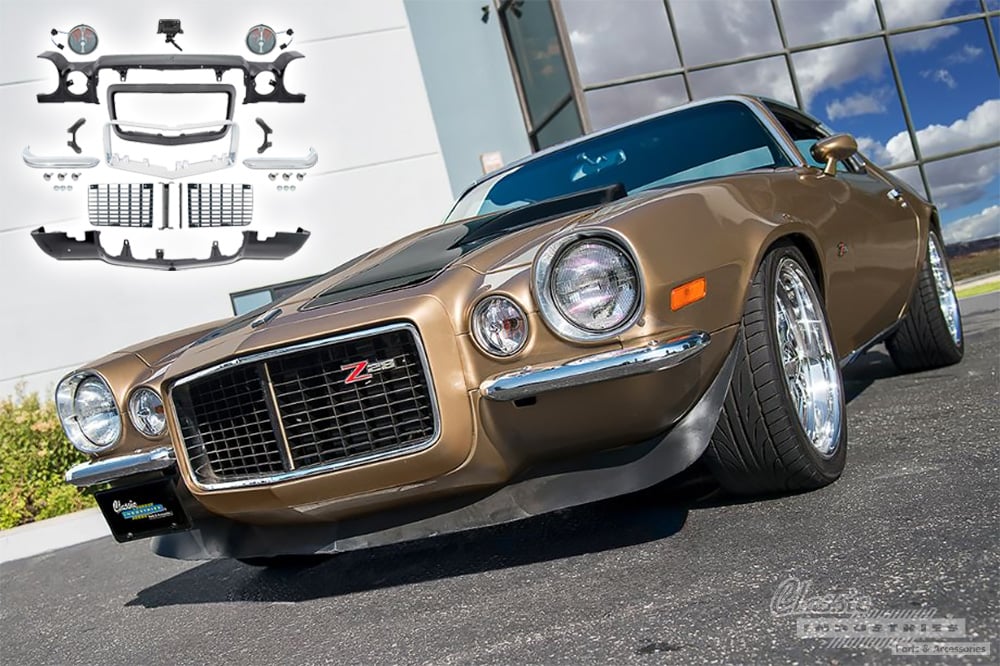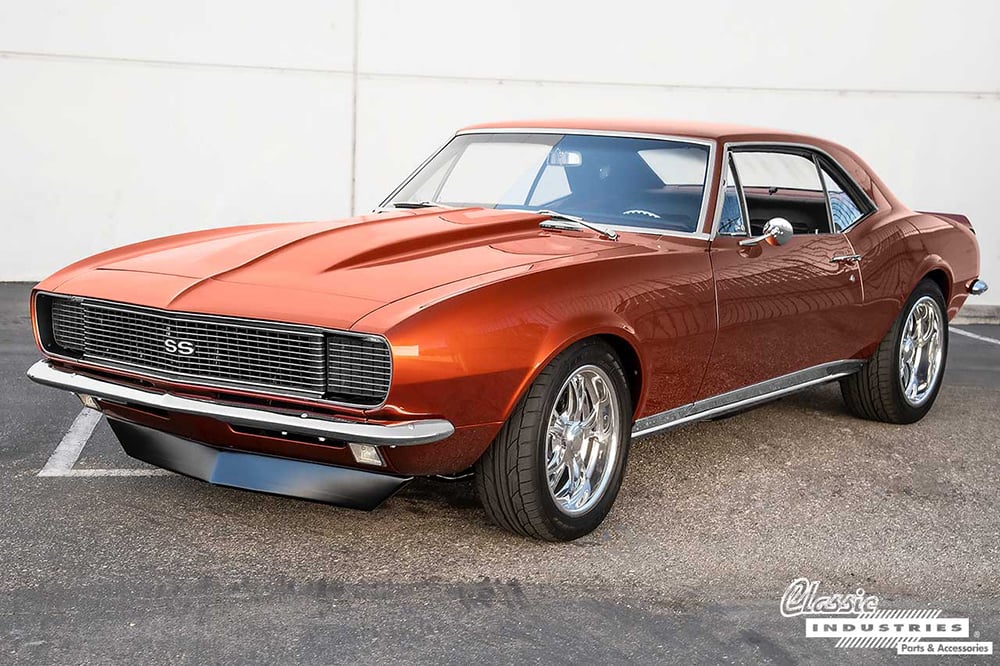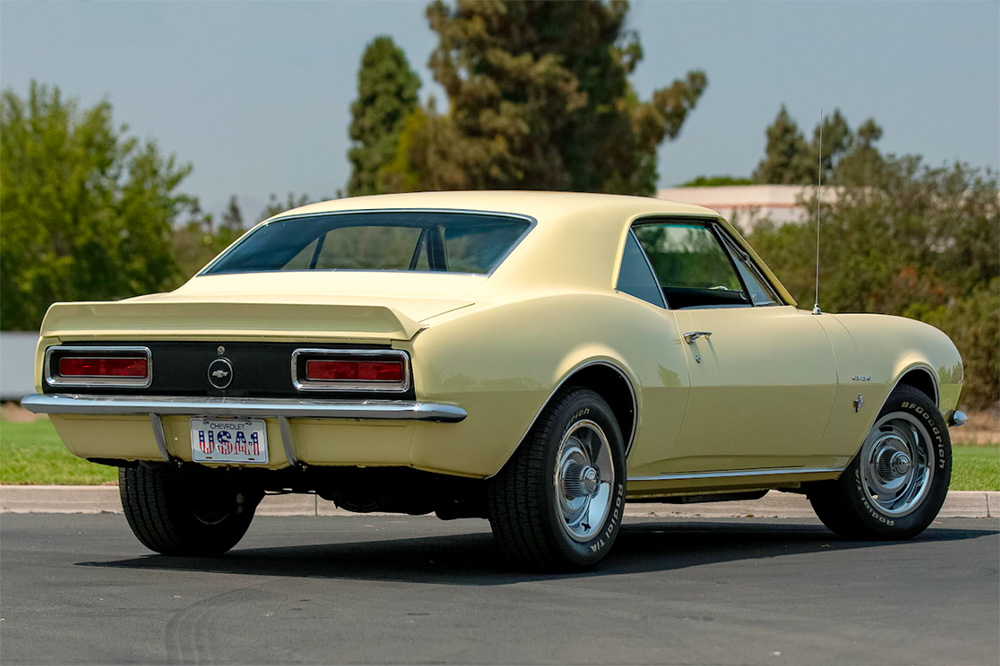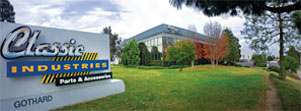Think back to when you were in high school. What was the car you always wanted? For many of us, the answer was simple: a Camaro. If you grew up in the 1980s, the third-generation 1982-1992 Camaro was one of the most iconic vehicles of that era, especially the performance-oriented IROC-Z. Today, third-gen restoration projects have been experiencing a resurgence in popularity, so Classic Industries is working hard to offer more parts for each model year. Our latest new product is a series of OER reproduction tail lamps for the '82-92 Camaro.



